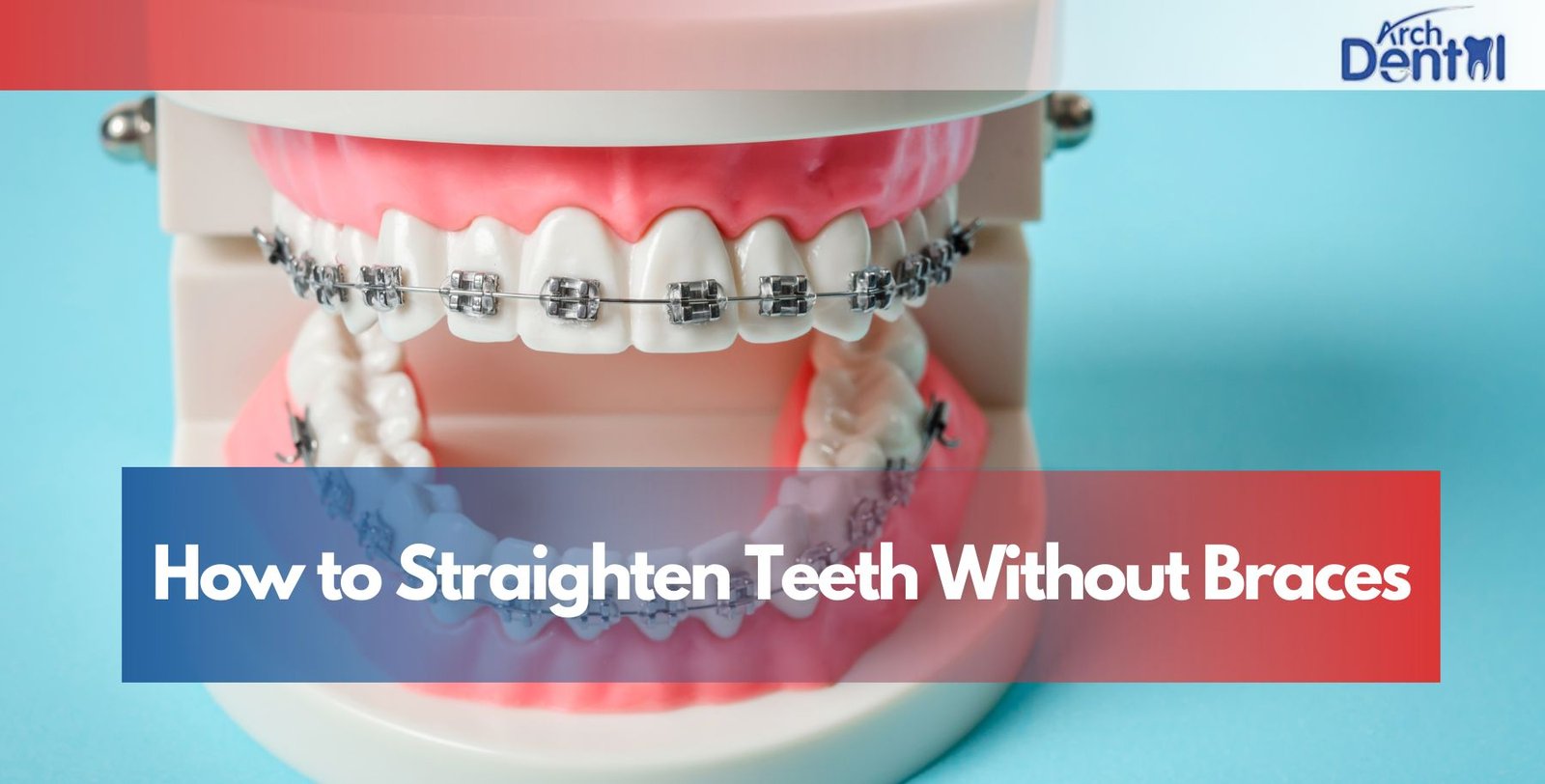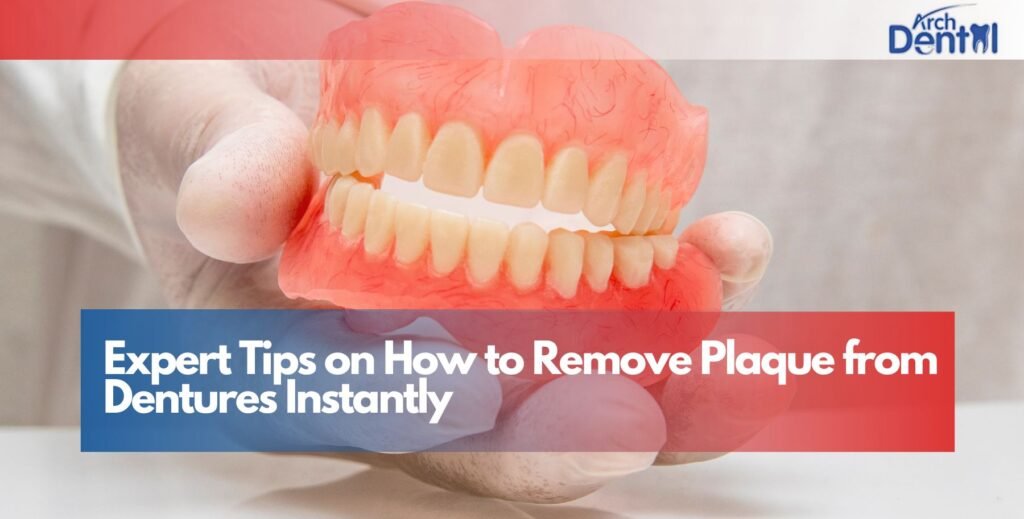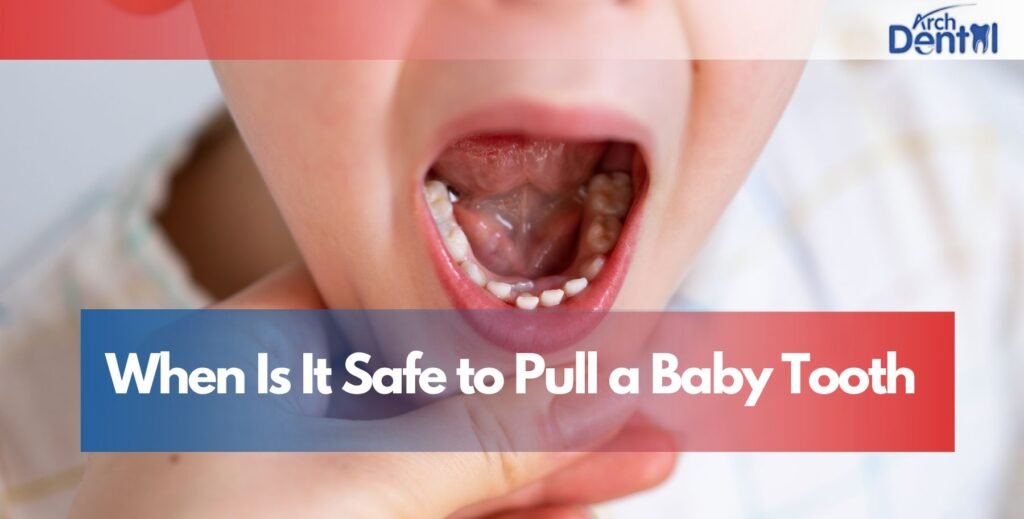Many people dream of having perfectly straight teeth, but not everyone wants traditional metal braces. The good news? Modern dentistry offers several ways to straighten your teeth without visible wires or brackets. Whether you’re an adult seeking a discreet option or a teen who’s self-conscious about metal braces, there are effective, comfortable, and fast solutions available today.
In this guide, you’ll learn how to fix crooked teeth without braces, explore different treatment options, understand their benefits, and discover which method might be right for your smile.
7 Ways to Get Straight Teeth Fast Without Braces
Not every case of misalignment requires braces. Depending on the severity of your teeth crowding or spacing, several advanced orthodontic techniques can help achieve the same results faster and more comfortably.
Clear Aligners (Invisalign and Similar Systems)
One of the most popular methods for straightening teeth without braces is using clear aligners. These custom-made, removable trays gradually shift your teeth into alignment.
How They Work:
You’ll wear a series of clear plastic aligners that fit snugly over your teeth. Each set is worn for about two weeks, gently moving your teeth toward the desired position.
Benefits:
- Virtually invisible appearance
- Removable for eating and brushing
- Less irritation compared to metal braces
- Fewer dental visits
Best For:
Mild to moderate crowding, gaps, and minor bite issues.
Dental Veneers
Porcelain veneers are a fast cosmetic option for improving the look of crooked or uneven teeth. They don’t physically move your teeth, but they create the appearance of perfect alignment.
How They Work:
Veneers are thin, custom-made shells placed on the front surface of your teeth. They can correct mild spacing issues, uneven shapes, or slightly crooked teeth.
Benefits:
- Instant results
- Resistant to stains
- Long-lasting (10–15 years with care)
Best For:
Patients seeking a cosmetic solution to slightly crooked or gapped teeth.
Dental Bonding
Dental bonding uses tooth-colored composite resin to reshape or rebuild slightly misaligned teeth.
How It Works:
The dentist applies a resin material to the tooth surface, sculpts it to the ideal shape, and hardens it with a curing light.
Benefits:
- Quick, non-invasive, and affordable
- Completed in one visit
- Improves tooth symmetry
Best For:
Minor alignment issues or chipped teeth that affect the smile’s balance.
Dental Crowns
For patients with severe enamel damage or worn teeth, dental crowns can improve both function and alignment.
How They Work:
Crowns act as protective caps that cover the entire tooth. They can be shaped and positioned to correct minor alignment issues, restoring both bite and aesthetics.
Benefits:
- Strengthens weak teeth
- Corrects shape and height
- Improves appearance instantly
Best For:
Individuals with damaged, misshapen, or heavily restored teeth.
Retainers
Retainers aren’t just for maintaining alignment after braces — they can also make minor adjustments.
How They Work:
Removable or fixed retainers apply gentle pressure to shift teeth slightly over time.
Benefits:
- Affordable
- Custom-made and removable
- Effective for small changes
Best For:
Mild tooth movement or post-braces maintenance.
Contouring and Reshaping
Tooth contouring (also called enameloplasty) is a cosmetic procedure that reshapes teeth by removing small amounts of enamel.
How It Works:
Your dentist gently smooths and polishes uneven edges to make teeth appear more uniform and aligned.
Benefits:
- Instant results
- Painless procedure
- No anesthesia required
Best For:
Minor misalignment or uneven tooth lengths.
Orthodontic Devices and Accelerated Treatments
New technology now allows faster orthodontic progress using advanced systems such as accelerated aligner therapy and orthodontic vibration devices.
How They Work:
These tools use gentle vibration or micro-pulses to stimulate bone remodeling and help teeth move faster into position.
Benefits:
- Speeds up aligner or retainer results
- Reduces treatment time by up to 50%
Best For:
Patients already using aligners or retainers who want faster outcomes.
The Importance of Properly Straightening Your Teeth
Many people think straightening teeth is only about appearance, but it’s also crucial for your long-term oral health. Misaligned teeth are harder to clean, which increases the risk of cavities, gum disease, and enamel wear.
Prevents Tooth Decay and Gum Disease
Crowded or crooked teeth create hidden spaces where plaque and food particles collect. Straight teeth are easier to brush and floss, keeping your gums and enamel healthy.
Improves Bite and Chewing Function
When your bite is uneven, it places extra stress on certain teeth and jaw joints. Straightening your teeth helps distribute pressure evenly, preventing tooth fractures and TMJ pain.
Enhances Confidence
A straighter smile boosts self-esteem and makes a great impression — whether at work, in photos, or social situations.
Protects Enamel and Jaw Health
Misaligned teeth can grind or rub against each other, wearing down enamel over time. Proper alignment helps preserve your teeth and jaw joint stability.
If you’re looking for professional evaluation or alternative options, your orthodontist Northampton can help determine the best plan tailored to your specific needs.
How to Fix Crooked Teeth Without Braces
Straightening teeth without braces depends on the cause and severity of misalignment. Modern dentistry provides a range of non-invasive treatments that deliver both cosmetic and functional results.
When to Consider Treatment
You may benefit from non-brace methods if you have:
- Mild crowding or gaps
- Slight rotation of teeth
- Uneven bite or spacing
- Cosmetic concerns rather than severe alignment problems
Your dentist will evaluate your teeth using X-rays and digital scans to recommend the best teeth straightening options without braces.
Natural Ways to Improve Tooth Alignment
While true straightening requires professional care, you can maintain better oral posture and support your treatment results with healthy habits.
Practice Good Oral Posture
Keep your tongue resting on the roof of your mouth and lips closed. This helps prevent pressure that can shift teeth out of place over time.
Correct Bad Habits
Thumb sucking, nail biting, and chewing hard objects can alter tooth position. Quitting these habits helps preserve your natural alignment.
Use Orthodontic Exercises (Myofunctional Therapy)
Certain mouth and tongue exercises can help align jaw muscles and reduce strain, especially for younger patients.
How Long Does It Take to Straighten Teeth Without Braces
Treatment time varies based on the method and severity of misalignment.
- Clear aligners: 6 to 18 months
- Veneers: 2–3 visits
- Bonding or contouring: One appointment
- Retainers: Several months for slight adjustments
Consistency plays a huge role — wearing aligners or retainers as directed is key to achieving the best results.
Cost of Straightening Teeth Without Braces
The cost depends on the treatment type, your location, and how complex your case is.
| Treatment Option | Estimated Cost (USD) |
| Clear Aligners | $3,000–$7,000 |
| Veneers | $900–$2,500 per tooth |
| Bonding | $200–$600 per tooth |
| Contouring | $100–$300 per tooth |
| Retainers | $300–$800 |
Dental insurance may cover part of the cost if the treatment improves function or oral health. Many dental offices also offer flexible payment plans.
Risks of Trying to Straighten Teeth at Home
There’s a growing trend of DIY aligners and “at-home straightening kits,” but they come with serious risks.
Potential Dangers:
- Poorly fitting trays can move teeth incorrectly, causing bone loss.
- Lack of professional supervision can lead to gum damage or bite issues.
- Overcorrection or uneven movement may worsen alignment.
Always consult a licensed dentist or orthodontist before starting any form of treatment. Professional guidance ensures your results are both safe and lasting.
Conclusion
Straightening your teeth without braces has never been easier or more comfortable. With clear aligners, veneers, bonding, and other advanced treatments, you can achieve a beautifully aligned smile without metal brackets or wires.
These options not only improve aesthetics but also protect your oral health and confidence. The key is to consult a qualified dental professional who can recommend the right approach based on your needs.
If you’re considering a smile transformation, schedule a consultation with a trusted dental expert today to explore your best options for achieving the smile you’ve always wanted.
FAQs
What Causes Crooked Teeth?
Crooked teeth can result from genetics, early loss of baby teeth, thumb sucking, tongue thrusting, or overcrowded jaws. Trauma and poor oral habits can also shift teeth over time. Regular dental checkups help detect early signs of misalignment.
How to Fix Crooked Teeth Without Braces?
Modern solutions like clear aligners, veneers, bonding, retainers, and contouring can correct mild to moderate misalignment without traditional braces. Each method is designed for comfort, aesthetics, and efficiency.
Can I Straighten Teeth Without Braces?
Yes. With today’s technology, it’s entirely possible to straighten teeth without braces using alternatives like Invisalign, veneers, or dental bonding. Your dentist will recommend the most suitable option based on your case.
How Can I Fix My Crooked Teeth Naturally?
True straightening requires dental intervention, but you can maintain better alignment naturally through good oral posture, avoiding harmful habits, and keeping your jaw muscles balanced.
Is There Any Way to Fix Crooked Teeth Without Braces?
Absolutely. Treatments such as clear aligners, veneers, and bonding offer excellent results without metal braces. These options are effective, discreet, and suitable for adults and teens.
Should I Try to Straighten My Teeth Without Braces at Home?
No. DIY or mail-order aligners may cause serious dental damage if unsupervised. Always consult a professional before beginning any orthodontic treatment to ensure safety and accuracy.





